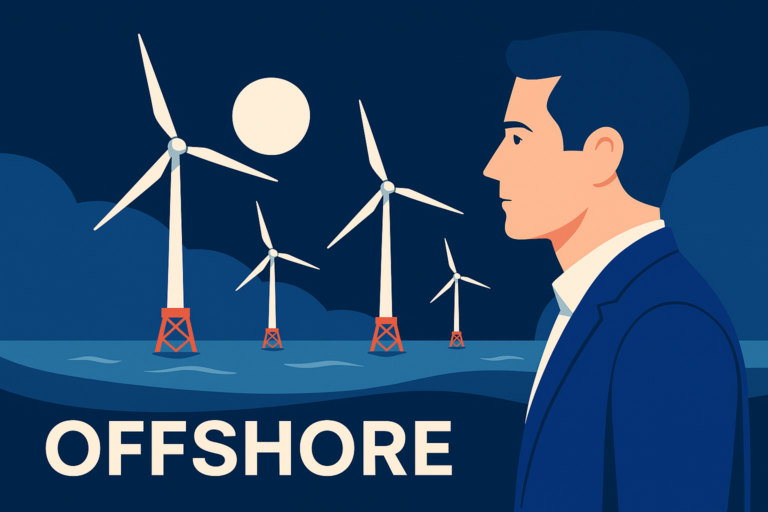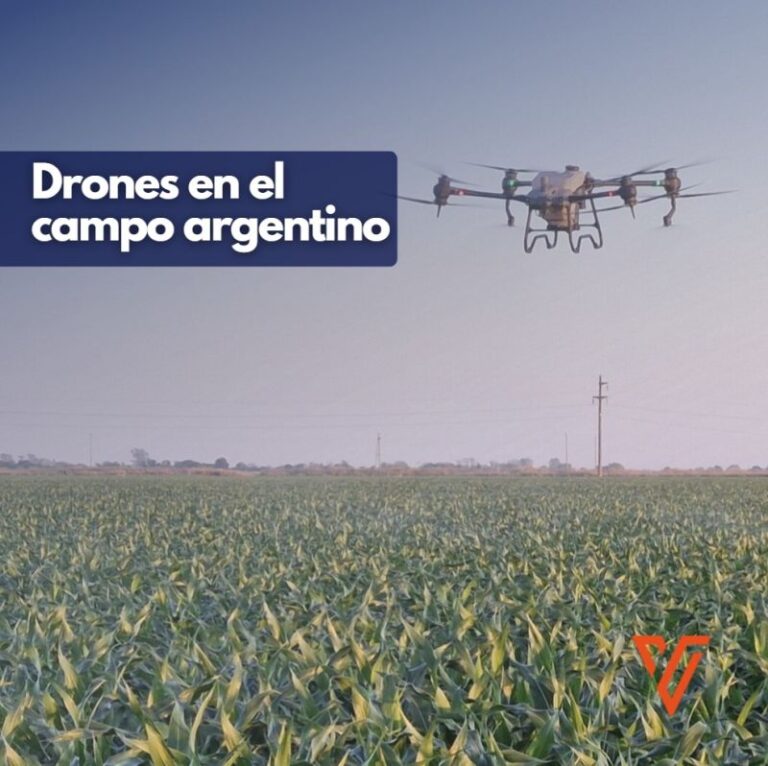The blackout that plunged Spain and Portugal into darkness on Monday revealed something far beyond a technical incident. In just five seconds, the Iberian power system lost 15 GW of generation and the Spanish grid was automatically islanded from the rest of Europe.
The scenes spoke for themselves: trains and metros evacuated through tunnels; streets gridlocked as traffic lights failed; supermarkets and other businesses forced to close as payment and refrigeration systems went down; and countless people unable to contact family or friends.
The most expensive energy is the energy you do not have. This week, that phrase took on new meaning.
While the precise causes of the incident are still under investigation, one question remains: how should energy planning be redefined after something like this? Europe has been setting the pace in the shift to renewables, but this episode has forced an uncomfortable debate about the low inertia of systems with a high share of intermittent sources.
In this context, the conversation around storage and batteries is no longer theoretical. The surge in renewables in the energy mix cannot proceed without infrastructure capable of absorbing and balancing the unpredictable. We need to look squarely at current constraints and accelerate the development of solutions that can respond to the unexpected.
The real challenge is to ensure incidents like this do not remain mere entries in the “what happened” log, but instead drive an agenda that moves towards concrete responses.
The energy future demands anticipation—and decisive progress in adopting what works.




